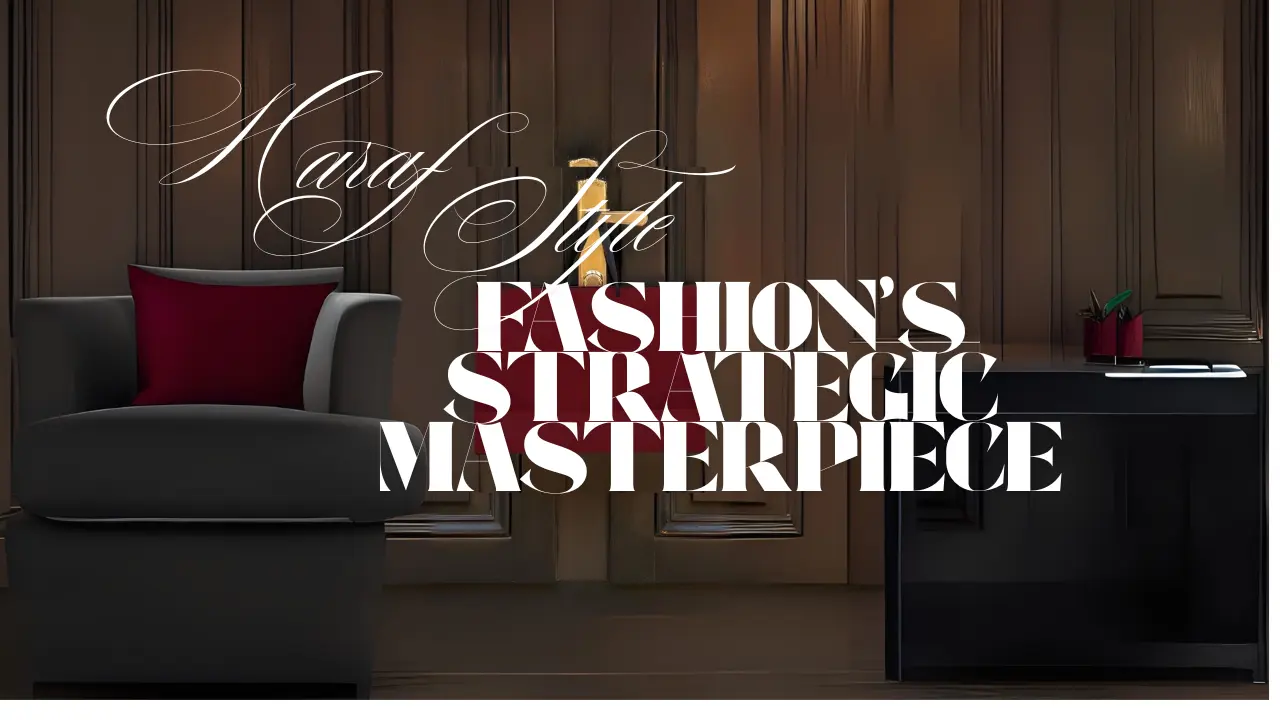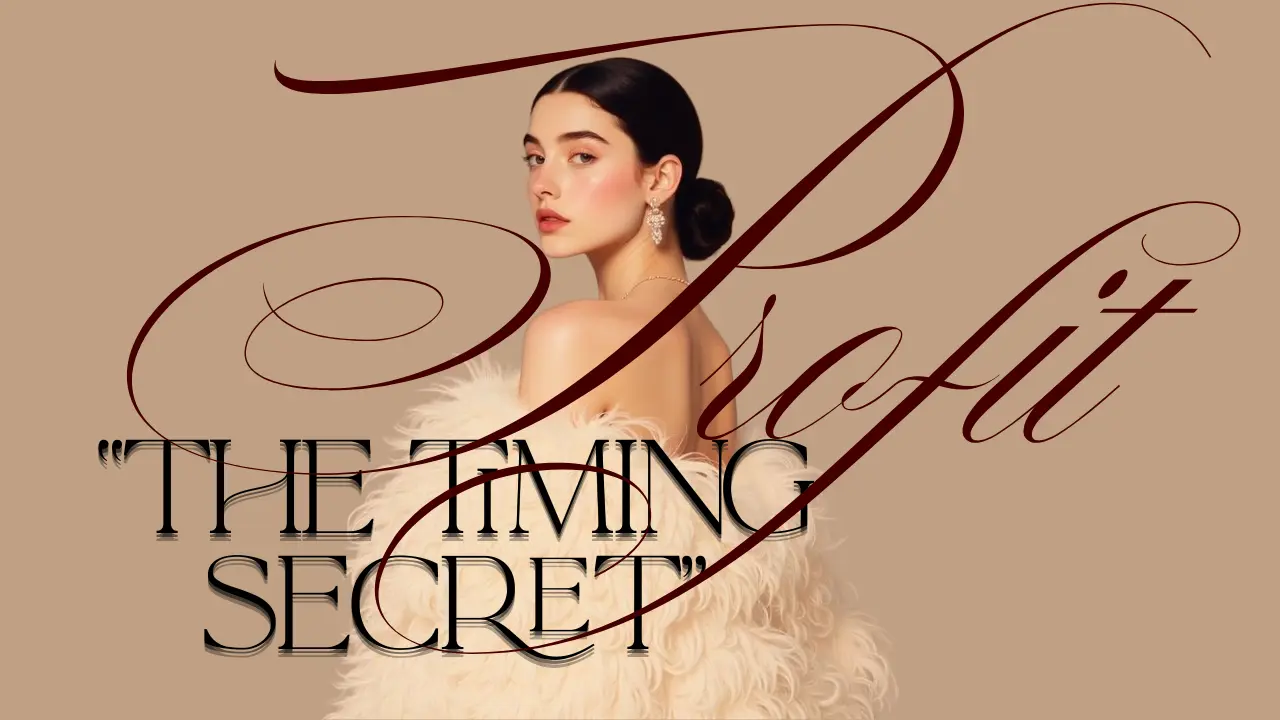Imagine walking into a boutique in late summer, only to find racks filled with stylish pieces that seem to bridge the gap between summer and fall. Have you ever wondered what is pre-fall, and why it is gaining so much attention among top fashion stylists and celebrities alike?
The answer lies in a fascinating fashion season that’s redefining how we approach wardrobe transitions. Pre-fall, also known as resort or transitional fashion, offers a unique blend of summer ease and fall sophistication. But what exactly is pre-fall, and how can understanding this concept elevate your style game?
In this comprehensive fashion stylist blog, we’ll explore what is pre-fall, delve into the latest pre-fall collection trends, and provide expert tips on how to incorporate pre-fall fashion into your everyday wardrobe. Whether you’re a fashion novice or a seasoned style enthusiast, this guide will unlock the secrets of this exciting season and help you stay ahead of the style curve.
Why it matters more than traditional runway seasons, and how understanding this concept can transform your approach to building a sophisticated wardrobe. Whether you’re a fashion enthusiast, industry professional, or simply someone who wants to shop smarter, mastering the pre-fall concept will give you an insider’s edge that few possess.
The $47 Billion Question That Changed Fashion Forever
Picture this: It’s a sweltering July afternoon in Paris, and fashion buyers are huddled in air-conditioned showrooms, examining wool coats and cashmere sweaters. Sounds backwards? Welcome to the enigmatic world of pre-fall fashion—a season that generates over $47 billion annually for luxury brands yet remains largely misunderstood outside industry circles.
If you’ve ever wondered why new designer pieces mysteriously appear in stores during summer or felt confused about fashion’s seemingly endless parade of collections, you’re about to discover the answer. The pre-fall collection phenomenon has quietly revolutionized how fashion operates, accounting for up to 60% of annual sales for major fashion houses while most consumers don’t even know it exists.
Pre-Fall Fashion’s Strategic Masterpiece

What Is Pre-Fall Collection Really About?
The pre-fall collection, also known as “Resort” or “Cruise” in fashion parlance, represents a transitional line that bridges the gap between main seasonal collections. Unlike the theatrical spring/summer and fall/winter runway shows that capture media attention, what is pre-fall fashion focuses on commercial viability and wearability.
These collections typically debut between May and June, hitting stores from November through January. The timing might seem counterintuitive—showing winter-appropriate clothing in summer—but there’s brilliant logic behind this strategy. Fashion houses recognized that their most profitable customers, particularly those who travel frequently or live in varied climates, needed versatile pieces that transcended traditional seasonal boundaries.
The pre-fall phenomenon emerged in the 1960s when luxury brands noticed wealthy clients vacationing in warm destinations during winter months. They needed sophisticated resort wear that maintained their style standards while adapting to different climates. Today, what is a pre-fall collection has evolved far beyond vacation wear to become the backbone of luxury fashion retail.
The Business Genius Behind Pre-Fall Strategy
Industry insiders often describe pre-fall as fashion’s “money maker” season, and the numbers support this claim. While runway collections generate buzz and establish brand identity, pre-fall collections generate revenue. These pieces spend more time on sales floors—approximately six months compared to three months for runway collections—giving retailers extended selling periods and customers more opportunities to purchase.
Major fashion houses like Chanel, Gucci, and Prada now invest heavily in their pre-fall presentations, often staging elaborate destination shows that rival their main runway events. Karl Lagerfeld famously transformed Cuban streets, Korean temples, and Scottish castles into runways for Chanel’s pre-fall collections, understanding that these “in-between” seasons had become anything but secondary.
The Strategic Timeline: When Pre-Fall Makes Its Move

Decoding Fashion’s Complex Calendar
Understanding what is pre-fall requires grasping fashion’s intricate timeline. The industry operates on a schedule that’s approximately six months ahead of consumer seasons:
Pre-Fall Timeline Breakdown:
- Design Phase: January-February
- Buyer Presentations: May-June
- Production: July-September
- Retail Arrival: November-January
- Peak Selling Period: December-March
This schedule allows fashion houses to capture holiday shopping momentum while providing fresh inventory during traditionally slow retail periods. Smart retailers have discovered that customers are most willing to invest in quality pieces during this window, particularly as they plan wardrobes for upcoming seasons and travel.
Why Timing Makes Pre-Fall Profitable
The pre-fall season’s strategic positioning captures multiple shopping motivations simultaneously. Holiday shoppers seek special pieces for celebrations and gifts. Travel-minded consumers need transitional clothing for winter escapes. Fashion-forward buyers want first access to new designs before mainstream availability.
This convergence creates what industry analysts call the “perfect retail storm”—high motivation meets fresh inventory meets extended selling time. Bergdorf Goodman’s former fashion director once revealed that their pre-fall sales consistently outperformed main season collections by 40%, demonstrating the commercial power of this strategic timing.
Design Philosophy Where Wearability Meets Luxury
The Art of Commercial Creativity
What is pre fall fashion in terms of design philosophy? Think of it as fashion’s practical poetry—pieces that balance artistic vision with real-world wearability. Designers approach pre-fall collections with a different mindset than runway seasons. Instead of making statements, they’re making wardrobes.
Pre-fall pieces typically feature:
- Refined silhouettes that photograph well and travel easily
- Luxurious fabrics in weights suitable for layering
- Versatile color palettes bridging seasonal transitions
- Investment-worthy construction justifying higher price points
- Timeless elements ensuring longevity beyond trend cycles
Top fashion stylists often advise clients that pre-fall collections offer the best value in luxury fashion. These pieces avoid the extreme experimentation of runway shows while maintaining the quality and craftsmanship that justify designer prices. It’s where fashion houses showcase their technical expertise without theatrical distractions.
Celebrity Influence and Pre-Fall Dominance
The pre-fall phenomenon gained massive momentum when celebrities began choosing these collections for major appearances. Remember when Meghan Markle wore that stunning Dior pre-fall dress for a royal engagement? Or when Zendaya’s stylist Law Roach selected multiple pre-fall pieces for her press tour wardrobe? These moments aren’t coincidental—they reflect the fashion industry’s recognition that pre-fall offers the perfect balance of newness and wearability for high-profile moments.
Fashion stylists for A-list celebrities increasingly turn to pre-fall collections because they offer fresh designs without the risk of runway pieces that might photograph poorly or prove impractical for events. This celebrity endorsement has elevated what is a pre fall collection from industry secret to cultural phenomenon.
Shopping Pre-Fall: An Insider’s Guide

Maximizing Your Pre-Fall Investment
Understanding pre-fall’s value proposition transforms how savvy shoppers approach luxury purchases. Here’s how fashion insiders leverage pre-fall seasons:
Strategic Shopping Timeline:
- November-December: First arrivals, fullest selection
- January: Post-holiday restocks, exclusive pieces arrive
- February-March: Strategic markdowns begin
- April: Final sale opportunities before new season
The key lies in recognizing that pre-fall pieces often represent a brand’s most commercially viable designs. These aren’t experimental runway pieces that might date quickly—they’re carefully calculated investments in wearability and longevity.
Building a Pre-Fall Wardrobe Foundation
Fashion consultants recommend allocating 60% of annual clothing budgets to pre-fall purchases. This strategy makes sense when considering:
- Extended wear period: Pre-fall pieces work from November through April
- Transitional versatility: Designs layer effectively across seasons
- Quality focus: Brands invest in superior construction for longer-selling pieces
- Timeless appeal: Less trend-driven than runway collections
- Better value: More wearing opportunities per dollar spent
The Global Impact How Pre-Fall Reshapes Fashion
Economic Influence Beyond Luxury
The pre-fall model has revolutionized fashion economics beyond luxury markets. Contemporary brands now follow similar calendars, understanding that consumer shopping patterns favor this extended selling season. Fast fashion giants study pre-fall collections intensively, using them as blueprints for commercial interpretations.
This influence extends to:
- Manufacturing schedules adapting to pre-fall production needs
- Retail planning prioritizing floor space for pre-fall collections
- Fashion media increasing coverage of pre-fall presentations
- Consumer behavior shifting toward transitional shopping patterns
- Sustainability discussions examining pre-fall’s extended lifecycle benefits
Cultural Shifts and Future Evolution
What is pre pre-fall collection becoming in modern fashion? It’s evolving into fashion’s most democratic season—accessible, wearable, and commercially viable while maintaining creative integrity. As climate change blurs seasonal boundaries and global travel normalizes varied wardrobe needs, pre-fall’s transitional approach seems increasingly prescient.
Leading fashion houses now report that younger consumers particularly embrace pre-fall collections, viewing them as smart investments rather than indulgences. This generational shift suggests pre-fall’s influence will only strengthen as fashion adapts to changing consumer values and lifestyle patterns.
Your Next Move
The fashion industry’s best-kept secret is now yours. Understanding what is pre-fall transforms you from casual shopper to strategic investor in your wardrobe’s future. This knowledge represents more than fashion literacy—it’s a blueprint for smarter consumption, better value, and elevated style.
As fashion continues evolving beyond traditional seasonal boundaries, pre-fall collections stand as proof that commercial success and creative excellence need not be mutually exclusive. The world’s top fashion stylists have long known this secret, carefully curating their clients’ most important looks from these versatile collections.
Your journey into pre-fall fashion begins with your next shopping decision. Will you continue following traditional seasonal patterns, or will you join the industry insiders who understand where fashion’s real value lies? The pre-fall revolution doesn’t wait for anyone—but now you’re equipped to be part of it.
Ready to master pre-fall shopping? Share your biggest pre-fall discovery in the comments below, or subscribe to receive exclusive updates when new pre-fall collections launch. Transform your wardrobe strategy today—because understanding fashion’s hidden seasons is the ultimate style advantage.
